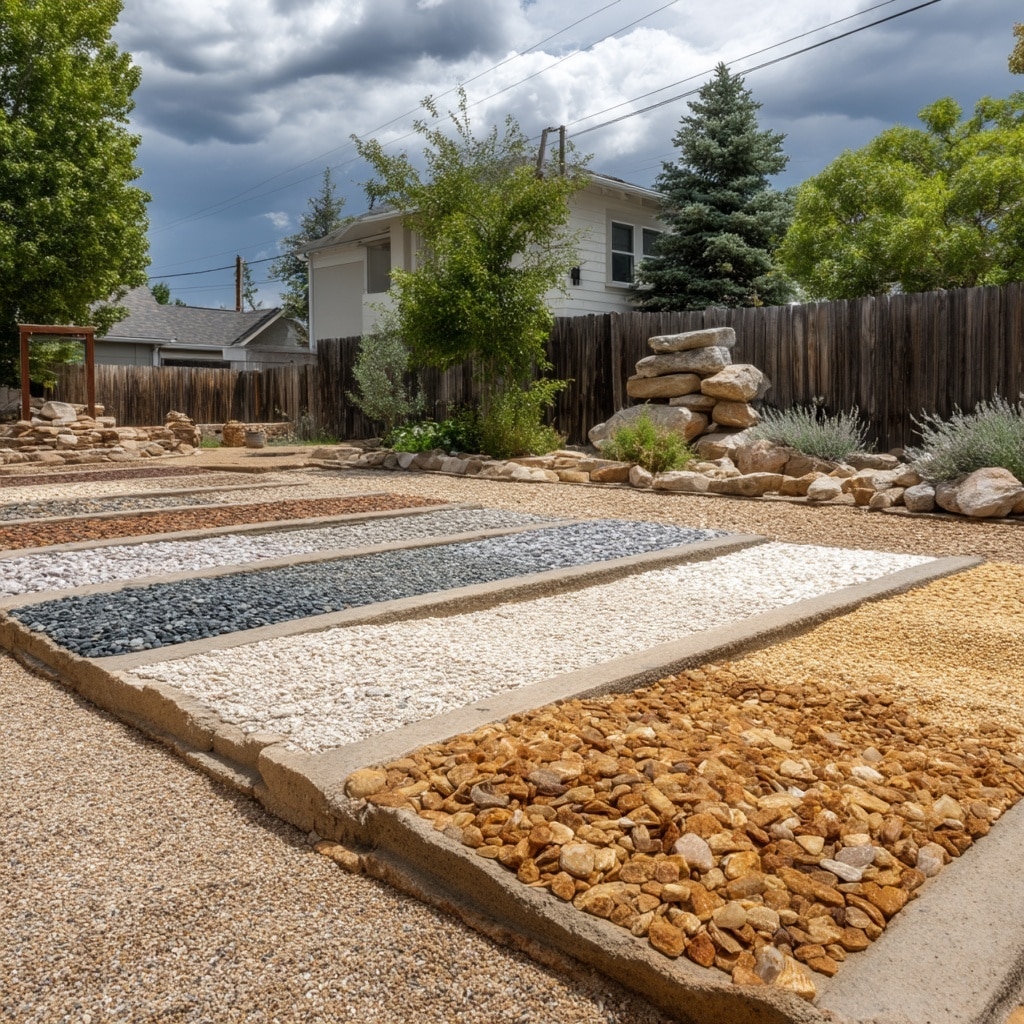Gravel backyard ideas are gaining serious traction in 2025—and for good reason. Whether you’re working with a tiny urban courtyard or a sprawling suburban lot, gravel offers a stylish, sustainable, and low-maintenance way to transform your outdoor space. From modern patios to cozy fire pits, gravel blends functionality with beauty at a fraction of the cost of traditional hardscaping.
With so many textures, colors, and combinations available—from smooth river rocks to rustic crushed granite—gravel is no longer just a filler. It’s a design element in its own right. If you’re looking to refresh your yard on a budget without sacrificing aesthetics, these gravel backyard ideas will give you inspiration, guidance, and practical solutions for any landscape size or style.
Table of Contents
What Is Backyard Gravel?
Backyard gravel is a versatile landscaping material made from small, naturally weathered stones or crushed rock. It’s commonly used to create pathways, patios, garden borders, and even entire yard surfaces. Unlike grass or concrete, gravel requires minimal upkeep, making it an ideal option for homeowners seeking a low-maintenance yet visually appealing outdoor space.
The beauty of using gravel in backyard landscaping lies in its functionality and natural charm. It allows water to drain easily—reducing puddles and erosion—while also providing a clean, rustic look that blends effortlessly with plants, wood, or stone features. Depending on your aesthetic goals, you can choose from various gravel types, including pea gravel, decomposed granite, and river rock.
Gravel isn’t just practical—it’s personalizable. Whether you want a serene Zen garden, a cozy fire pit area, or a modern patio edge, backyard gravel offers endless creative potential while staying within budget.
Types of Backyard Gravel
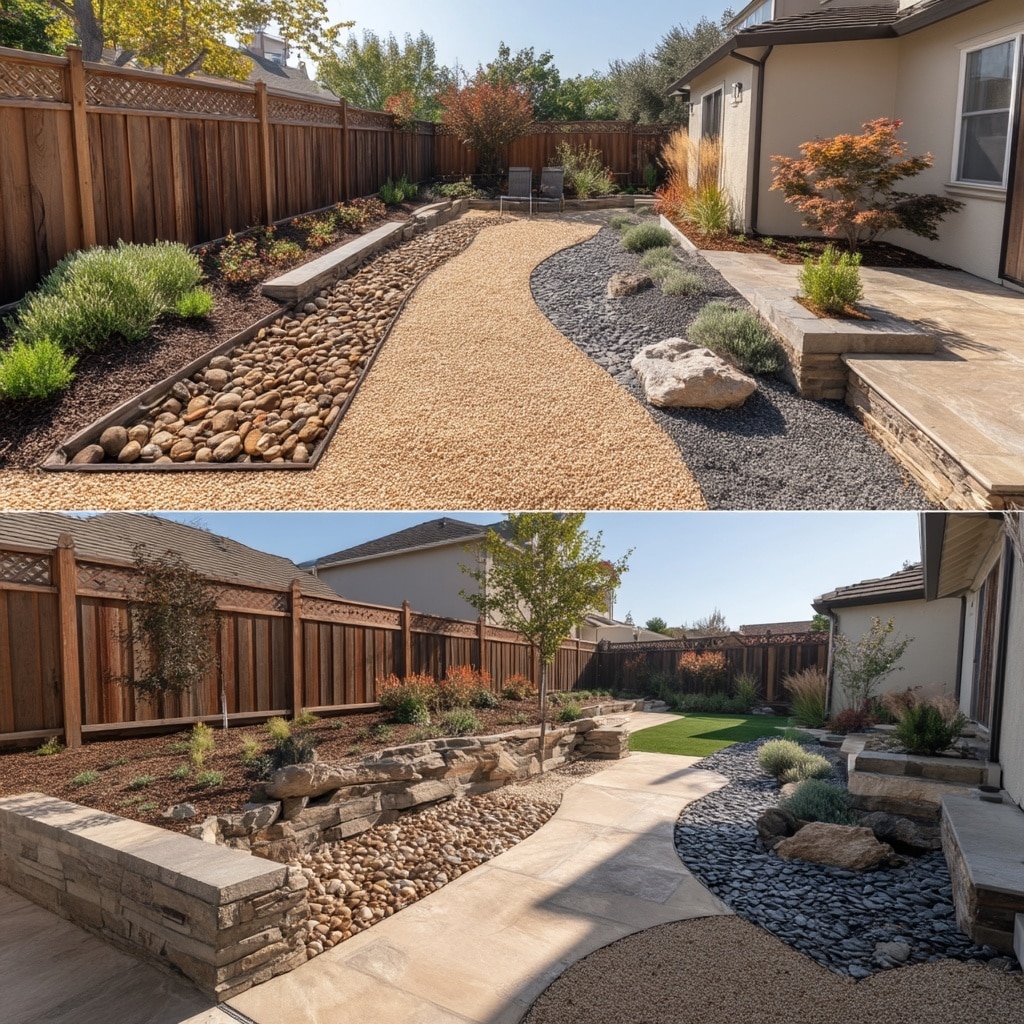
Choosing the right type of gravel is the foundation of any successful backyard project. Each type varies in size, texture, color, and function, offering different benefits depending on your space and style.
Here are the most popular and practical gravel types for backyard use:
1. Pea Gravel
Smooth, rounded, and about the size of a pea, this type of gravel is a favorite for patios, pathways, and play areas. It’s available in a wide range of colors—gray, tan, white, and even reddish-brown—making it easy to match your landscape theme.
- Best for: Walkways, patios, and filler between pavers
- Pros: Soft underfoot, easy to spread, budget-friendly
- Cons: Can shift easily without edging
2. Crushed Granite
Crushed granite is made from decomposed granite that has been ground into small pieces. Its rough texture makes it ideal for areas where traction is important, such as driveways or heavily trafficked walkways.
- Best for: Driveways, walkways, and modern landscaping designs
- Pros: Good drainage, firm underfoot, contemporary look
- Cons: Can be dusty when dry
3. River Rock Gravel
River rock consists of smooth, naturally polished stones that come in larger sizes than pea gravel. Their rounded appearance creates a relaxed, natural vibe—ideal for water features, edging, or as a decorative ground cover.
- Best for: Borders, dry creek beds, and water features
- Pros: Visually striking, durable, low maintenance
- Cons: Heavier and more expensive than other gravel types
4. Decomposed Granite (DG)
Decomposed granite is finer and more compactable than crushed granite. It has a sandy texture that hardens over time, making it suitable for flat surfaces like patios and walkways.
- Best for: Garden paths, patios, and Zen gardens
- Pros: Natural appearance, compacts well, affordable
- Cons: May require occasional reapplication to maintain look
How Much Does Backyard Gravel Cost?
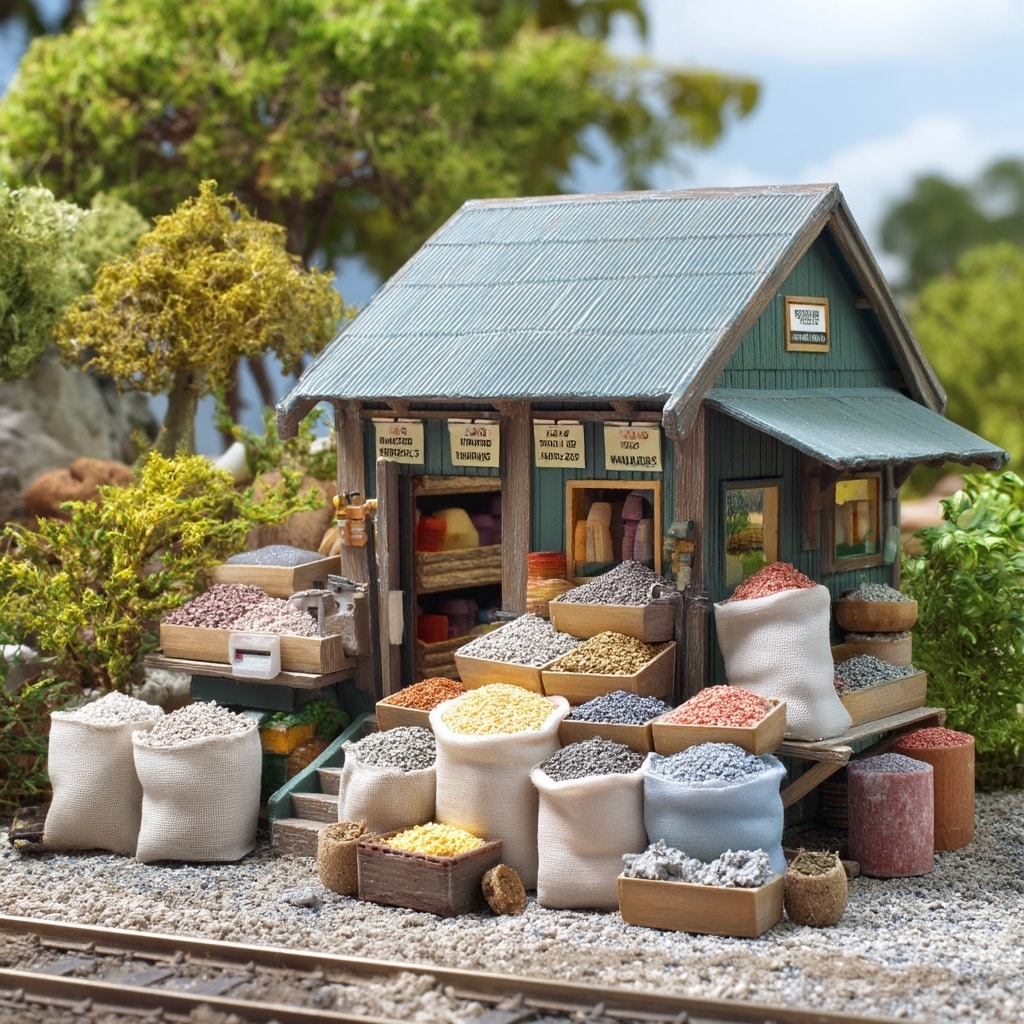
When planning gravel backyard ideas, cost is one of the most important factors to consider. Fortunately, gravel remains one of the most budget-friendly landscaping materials available today.
Average Cost Per Ton
- Basic gravel (like pea gravel or decomposed granite): $30–$60 per ton
- Premium gravel (like river rock or decorative stone): $80–$120+ per ton
Keep in mind, 1 ton covers approximately 100 square feet at 2 inches deep—a common depth for most gravel surfaces.
Additional Costs to Consider
- Delivery fees: $50–$150 depending on your location
- Landscape fabric (weed barrier): $0.25–$0.75 per square foot
- Edging materials (metal, stone, or wood): $1–$10 per linear foot
- Labor (if hiring professionals): $4–$10 per square foot installed
Bagged vs. Bulk
- Bulk gravel is more cost-effective for larger areas.
- Bagged gravel, sold in 0.5–0.75 cubic foot bags, can be convenient for small spaces or DIY projects but costs more per unit.
DIY Savings Tip
Installing gravel yourself can significantly reduce project costs. Just make sure to prepare the base properly with compacted soil, landscape fabric, and edging to prevent shifting and weeds.
In short, whether you’re sprucing up a small garden bed or transforming your entire backyard, there’s a gravel option to fit your budget.
15+ Gravel Backyard Ideas for 2025
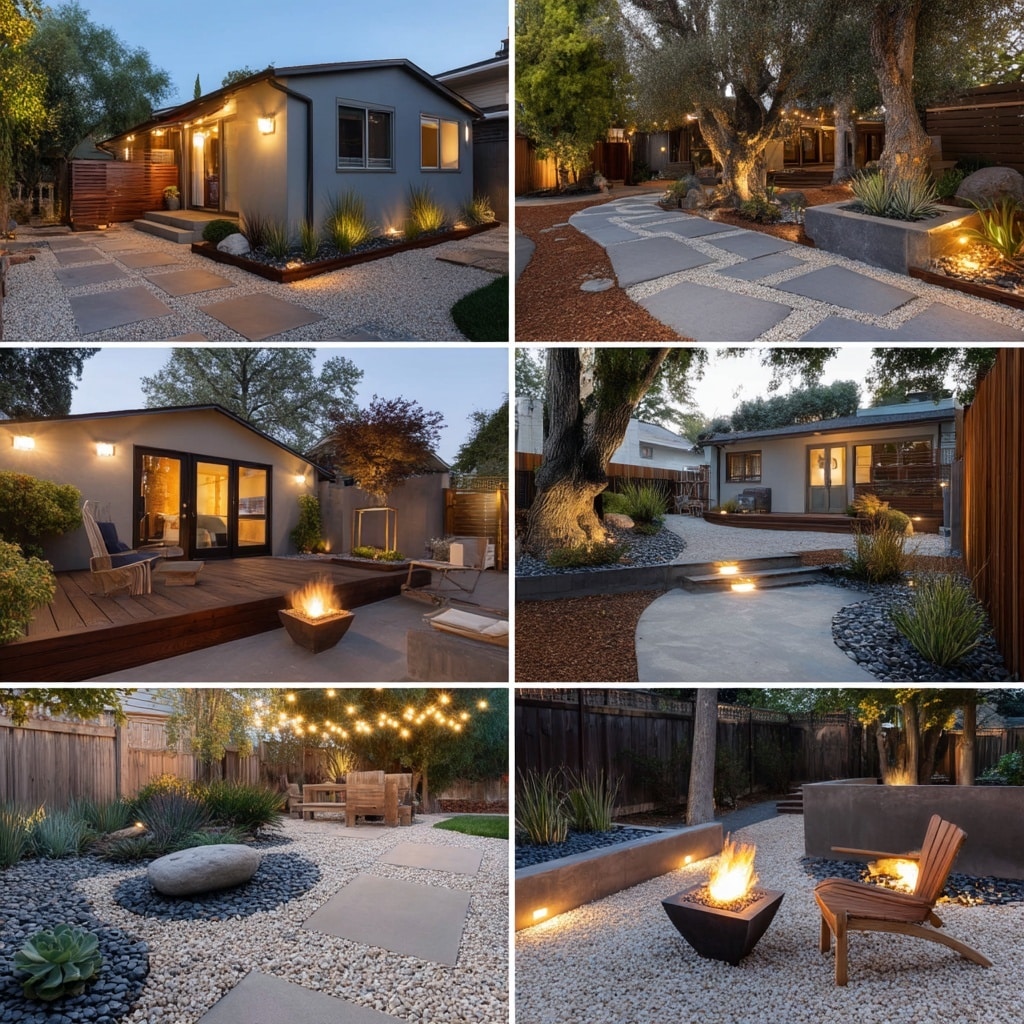
Whether you’re designing a minimalist retreat or a lively family hangout, these gravel backyard ideas will help you create a stylish, affordable, and low-maintenance outdoor space that feels like an extension of your home.
1. Pea Gravel Patio for Casual Comfort
A pea gravel patio brings a relaxed, informal vibe to your backyard. It’s affordable, simple to install, and works beautifully with wooden furniture, string lights, and planters. Use steel or stone edging to keep the gravel in place and consider adding flagstones for a more structured look.
Best for: Small yards, DIY projects, or boho-style patios
Pro Tip: Lay landscape fabric underneath to stop weed growth.
2. Crushed Stone Pathway for Elegant Walkways
Crushed stone makes for a durable, elegant pathway with a natural aesthetic. Whether straight or curved, a gravel path lined with ornamental grasses or lavender adds both charm and structure to your garden.
Best for: Garden walkways, side yards, or access paths
Style Tip: Use larger stones for the border to define the edges visually.
3. Gravel and Paver Walkway for Texture & Balance
Combine square or irregular stone pavers with gravel infill for a polished, modern walkway. The contrasting textures create visual interest and improve drainage at the same time.
Best for: Transitional garden spaces, connecting decks to lawns
Material Pairing: Works well with concrete, slate, or bluestone pavers.
4. Cozy Gravel Fire Pit Area
A gravel base is the safest and most affordable option around a backyard fire pit. It prevents weed growth, handles high temperatures, and drains easily after rain.
Best for: Evening gatherings and year-round outdoor lounging
Design Tip: Use darker gravel tones for a sleek, modern fire pit design.
5. Zen Garden with Raked Gravel
Bring peace and balance to your space with a minimalist gravel backyard idea like a Zen garden. Use fine gravel or decomposed granite, arrange large rocks purposefully, and rake patterns into the gravel for a meditative touch.
Best for: Small urban courtyards or quiet corners
Ideal Plants: Bamboo, moss, and dwarf conifers for an authentic feel
6. Gravel and Flagstone Patio
This combination delivers the best of both worlds—durability and design. Flagstones serve as stable stepping areas while gravel fills the gaps, reducing cost and creating permeability.
Best for: Rustic patios, outdoor dining zones
Bonus: Easier to repair or adjust than a concrete slab.
7. Gravel Water Feature for a Natural Vibe
Whether it’s a bubbling fountain or a dry creek bed, surrounding your water feature with gravel enhances its natural look. River rock or smooth gravel works best for moisture-prone areas.
Best for: Eco-friendly, low-water landscapes
Add-ons: Combine with succulents, native plants, or ornamental grasses.
8. Gravel and Brick Walkway
Mixing bricks and gravel creates an old-world feel that’s both charming and functional. Lay bricks as a border or in a herringbone pattern, with gravel in between for a cost-effective alternative to a fully paved path.
Best for: Cottage gardens or vintage-style yards
Durability Tip: Compact gravel underneath to keep bricks from shifting.
9. Mulch & Gravel Garden Beds
Layering mulch and gravel helps define garden beds while improving water retention and reducing weeds. Use gravel around drought-tolerant plants like lavender or rosemary to highlight textures and colors.
Best for: Sustainable landscaping and low-water gardens
Design Note: Try white gravel for contrast against dark mulch.
10. Gravel and Stone Staircase
A stone staircase with gravel inlays adds function and elevation to sloped yards. It also improves drainage and blends seamlessly into natural landscapes.
Best for: Terraced yards or hill-side properties
Safety Tip: Use larger gravel that locks into place to avoid shifting.
11. Succulent Garden with Gravel Base
Succulents and gravel are a perfect match. The gravel keeps the soil warm and dry while adding decorative flair. Combine colors like golden gravel with blue-toned succulents for a bold visual contrast.
Best for: Modern, drought-tolerant gardens
Low Maintenance: No watering, mowing, or fertilizing required.
12. Gravel and Wood Decking
Install gravel around or under your wood deck to prevent weeds, encourage drainage, and give your space a polished border. It also creates a fire-safe buffer in hot climates.
Best for: Contemporary backyards with raised decks
Style Tip: Use black or dark gray gravel to highlight natural wood tones.
13. Rock Garden with Gravel Accents
A gravel-and-rock garden adds drama and depth to otherwise flat landscapes. Use boulders as focal points and smaller gravel in surrounding areas to simulate dry riverbeds or alpine gardens.
Best for: Minimalist or low-maintenance front yards
Great Pairing: Combine with cacti or ornamental grasses.
14. Gravel and Concrete Patio
Use poured concrete slabs with gravel joints or borders to create a modern, architectural look. This is a great option for urban yards where drainage and durability are a priority.
Best for: Sleek, structured outdoor living spaces
Design Idea: Alternate gravel colors between slab sections.
15. Gravel Garden with Metal Edging
Sharp, minimalist metal edging creates clean lines and keeps gravel neatly contained. It works well around flower beds, trees, or as a defining element between zones.
Best for: Modern or contemporary backyards
Visual Impact: Use steel or black aluminum edging for contrast.
16. Backyard Bocce Ball Court with Gravel Base
For a playful and practical addition, a bocce ball court with a compacted gravel base offers great drainage and a rustic aesthetic. Keep it level and bordered with timber or stone for best results.
Best for: Entertaining, family-friendly outdoor zones
Gravel Type: Use fine, compactable gravel like crushed limestone.
How to Choose the Best Gravel Backyard Idea
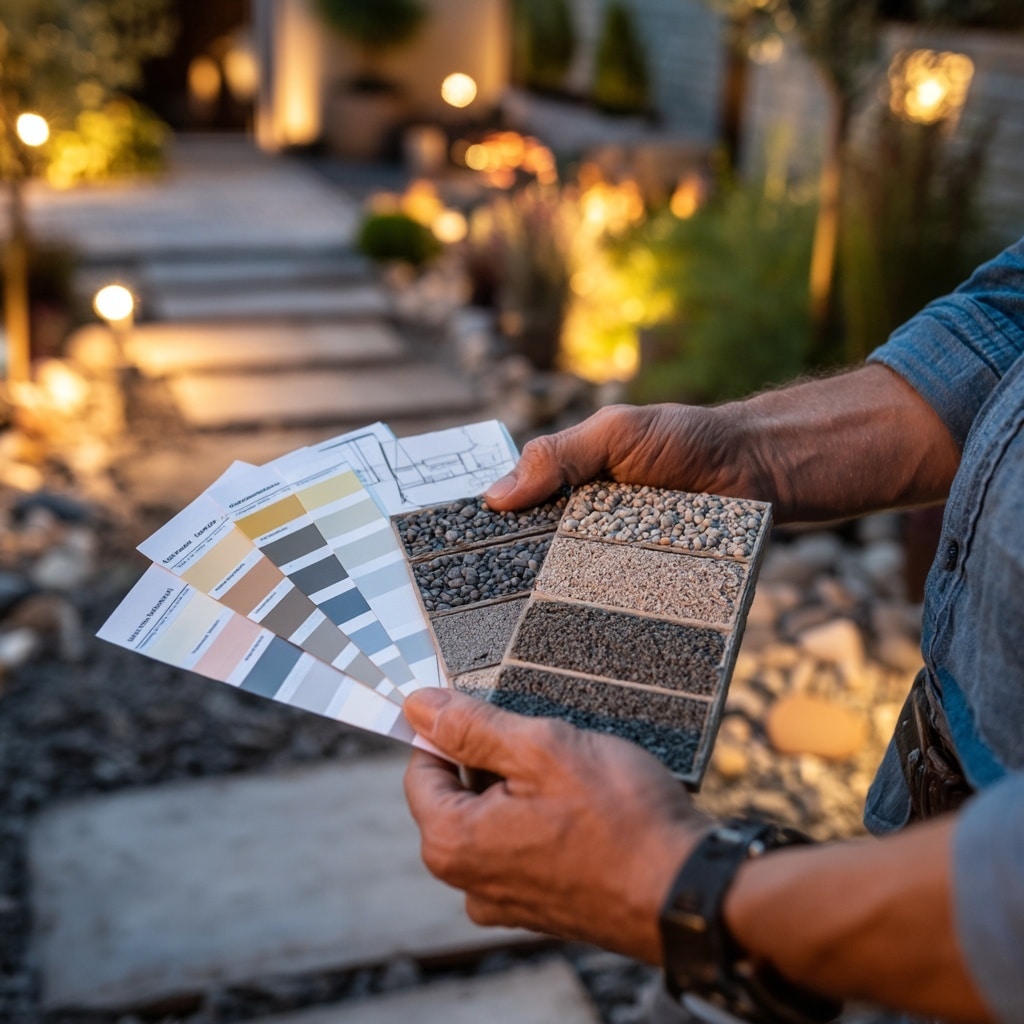
Not all gravel backyard ideas will suit every yard—and that’s a good thing. The beauty of gravel landscaping is in its flexibility. Whether you want a cozy retreat, a low-water garden, or an entertaining hub, selecting the right gravel design depends on a few key factors.
Here’s how to narrow it down:
1. Define Your Purpose
Before picking any gravel layout, ask yourself: What will I use this space for?
- Relaxation Zone? Consider a pea gravel patio with lounge chairs.
- Pathways or Access Areas? Crushed granite or stone is ideal for traction.
- Decorative Garden Feature? Opt for river rock or decomposed granite around plants.
Tip: Write down 2–3 main uses for the space and align your gravel choice accordingly.
2. Measure the Size of Your Area
Gravel works well in both small and large spaces—but scale matters.
- Small yards: Zen gardens, gravel pathways, or succulent beds are perfect.
- Medium yards: Mix gravel with pavers or build a fire pit area.
- Large yards: Divide into zones using gravel borders and varied materials.
Tip: Don’t overload a small space with too many materials; keep it simple for better flow.
3. Match Colors and Textures
Gravel comes in a range of tones—from soft beige to deep black—and can be fine or chunky. Matching your gravel with existing elements creates cohesion.
- Warm tones (browns, golds) suit wood or brick homes.
- Cool tones (gray, black, white) pair well with concrete or modern exteriors.
- Fine gravel feels soft underfoot but may shift easily.
- Chunky gravel is better for drainage and heavy traffic.
Tip: Request a few samples from your local supplier and place them in your yard before buying in bulk.
4. Consider Maintenance Requirements
While all gravel is low maintenance, some types require more upkeep than others.
- Pea gravel may scatter without edging.
- Decomposed granite can compact and harden over time.
- River rock rarely shifts, but weeds can grow between gaps.
Tip: Install a weed barrier and refresh your gravel layer every 1–2 years for best results.
5. Stay Within Budget
Your budget will guide your gravel type, edging material, and how much professional help you’ll need.
- DIY-Friendly: Pea gravel or crushed granite is affordable and easy to work with.
- Higher-End: River rock or custom patterns with pavers will increase costs.
- Low-Budget: Focus on small areas—like pathways or corners—to reduce material use.
Tip: Mix materials! Use affordable gravel in larger spaces, and invest in decorative edging or accents to elevate the look.
6. Think About Your Climate
Gravel performs differently depending on your local conditions.
- Hot climates: Lighter-colored gravel stays cooler underfoot.
- Rainy areas: Crushed granite and decomposed granite offer better drainage.
- Cold/snowy regions: Avoid loose gravel near entryways, as it can get slippery.
Tip: Always slope gravel surfaces slightly away from buildings to avoid water pooling.
Tips for Maintaining a Gravel Backyard
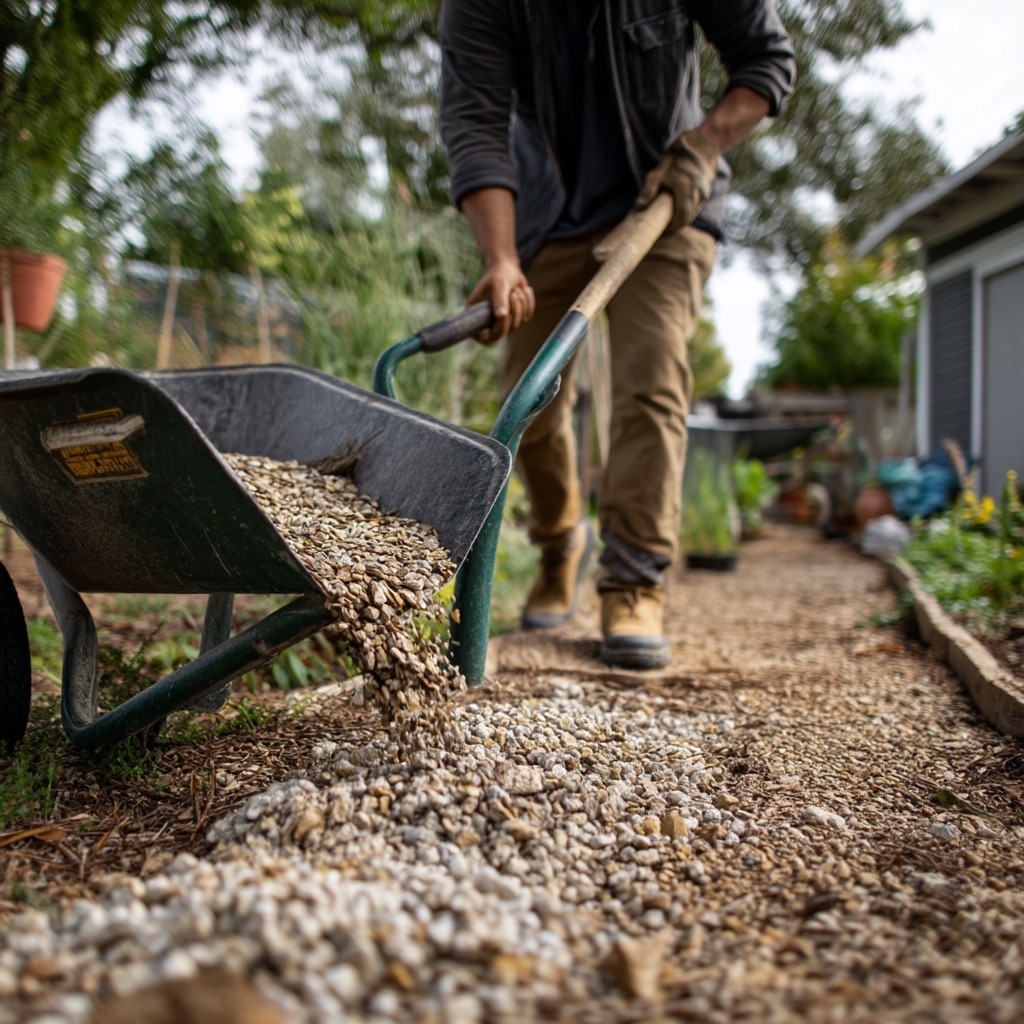
Once you’ve chosen and installed your favorite gravel backyard ideas, keeping them in top shape is easy—but it does require some regular attention. Gravel is low maintenance compared to grass or pavers, but a little upkeep goes a long way toward preserving its clean appearance and functionality.
Here’s how to maintain your gravel landscape:
1. Weed Prevention & Control
Even with a weed barrier underneath, occasional weeds will pop up over time.
- Use a landscape fabric under the gravel during installation to reduce weed growth.
- Pull visible weeds by hand before they spread.
- Apply a natural herbicide (like vinegar-based sprays) for stubborn areas.
Pro Tip: Top off your gravel layer yearly to smother emerging weeds and keep your surface fresh.
2. Rake Regularly to Even Out the Surface
Foot traffic, pets, or weather can cause dips or displacement in gravel areas.
- Use a hard-toothed garden rake to redistribute gravel and keep it level.
- Pay special attention to high-traffic zones like walkways and patios.
Bonus: Raking also helps to remove debris like fallen leaves or twigs, especially in autumn.
3. Replenish Gravel as Needed
Gravel will naturally shift, settle, and thin out over time—especially in uncovered areas.
- Add a new ½–1 inch layer every 1–2 years to maintain appearance and function.
- For pathways, focus gravel replenishment where foot traffic is highest.
Tip: Keep a few bags of matching gravel on hand for small touch-ups throughout the year.
4. Maintain Edging and Borders
Proper edging helps contain your gravel and reduces the need for frequent sweeping or refilling.
- Inspect edging for damage or displacement after storms or winter.
- Tighten loose metal edges, realign bricks, or replace wooden borders as needed.
Why it matters: Without edging, gravel can migrate into lawns, flower beds, or patios.
5. Address Drainage Issues Promptly
While gravel typically improves drainage, pooling water could signal a problem.
- Regrade the area if water is collecting—slight slopes help with runoff.
- Check for clogged fabric, compacted gravel, or inadequate depth.
Solution: Lift the top layer, smooth out the base, and reinstall the gravel with proper grading
Pros & Cons of a Gravel Backyard
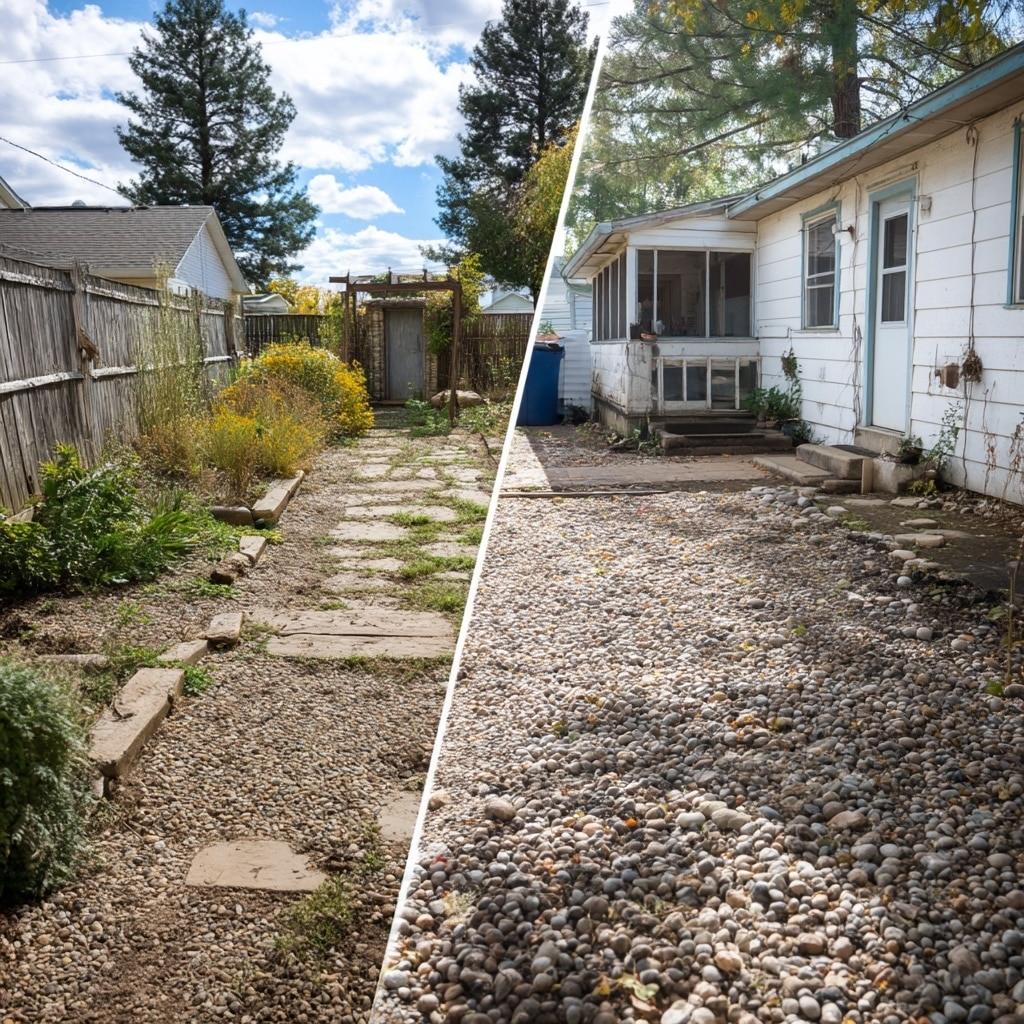
Like any landscaping material, gravel has its strengths and weaknesses. Understanding both will help you decide if these gravel backyard ideas are the right fit for your outdoor space and lifestyle.
✅ Pros of a Gravel Backyard
1. Budget-Friendly
Gravel is significantly cheaper than concrete, pavers, or decking. Even premium options like river rock are more affordable when bought in bulk.
2. Easy to Install
With basic tools and a weekend of work, most gravel projects can be completed without hiring a professional.
3. Low Maintenance
Unlike grass, gravel doesn’t require watering, mowing, or fertilizing. Occasional raking and weeding are usually all it takes.
4. Excellent Drainage
Gravel naturally prevents standing water and reduces runoff, making it perfect for areas prone to puddling.
5. Versatile Aesthetic
From modern to rustic, gravel pairs well with wood, concrete, metal, and plants—offering flexibility in design.
6. Eco-Friendly
Gravel is permeable, reduces heat absorption, and often locally sourced—great for sustainable landscaping.
❌ Cons of a Gravel Backyard
1. Can Shift or Scatter
Without proper edging or compaction, gravel may migrate into unwanted areas—especially pea gravel.
2. Weed Growth Over Time
While not as demanding as turf, gravel surfaces may still allow occasional weed growth if not properly installed or maintained.
3. Not Ideal for Bare Feet
Some gravel types (especially crushed stone) can feel sharp or uncomfortable without shoes.
4. Requires Occasional Replenishment
Gravel may settle or thin over time, needing to be topped off every few years.
5. Can Be Messy in Certain Areas
If placed near doorways or walkways without edging, small stones can get tracked indoors or into garden beds.
Conclusion

Gravel backyard ideas aren’t just a trend—they’re a smart, sustainable, and stylish way to enhance your outdoor living space in 2025 and beyond. Whether you’re building a Zen-inspired sanctuary, a kid-friendly play zone, or a cozy fire pit nook, gravel offers the flexibility, affordability, and low maintenance modern homeowners crave.
With the right type, thoughtful design, and a little upkeep, your gravel backyard can look polished and purposeful all year long. Start small, think creatively, and let gravel transform your yard into something truly beautiful—without breaking the bank.


